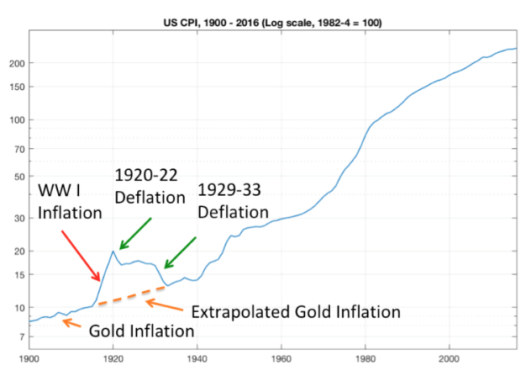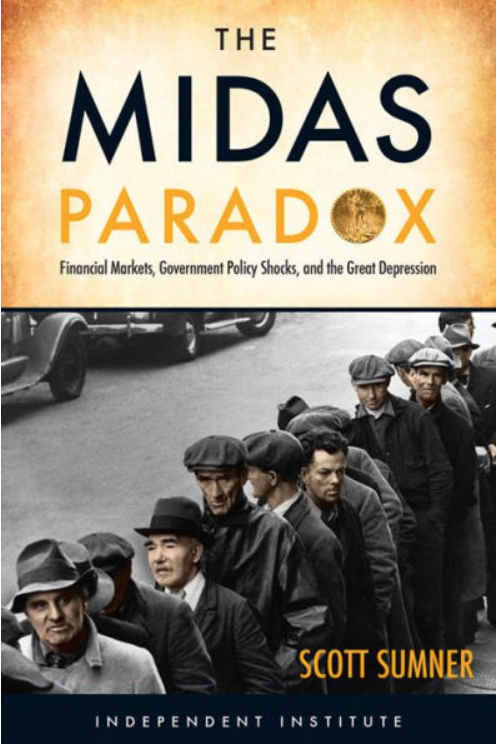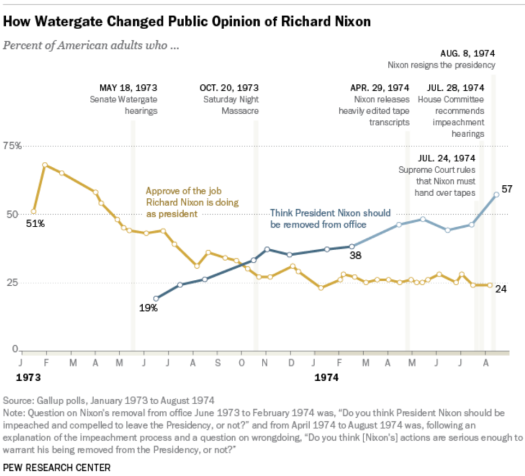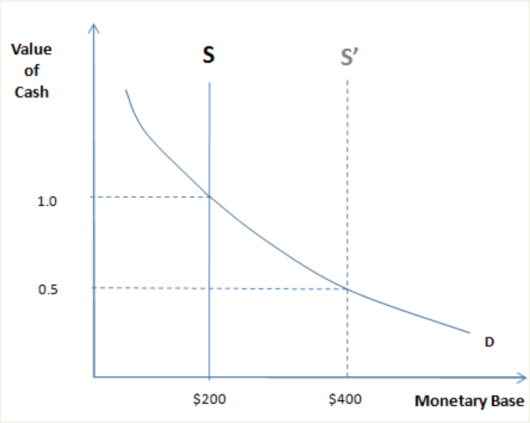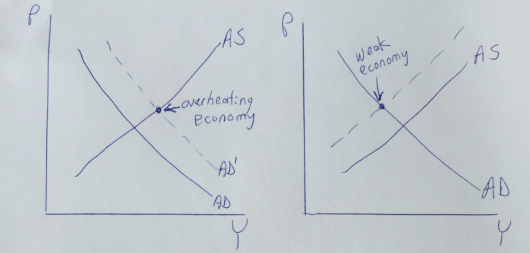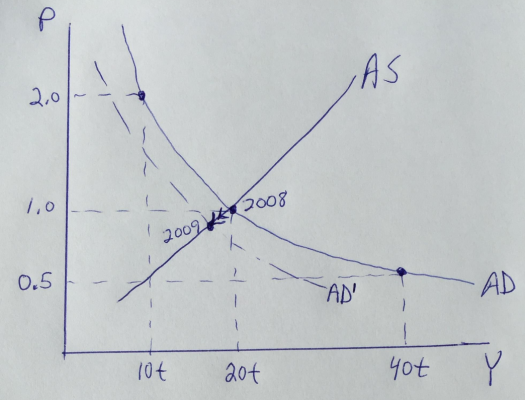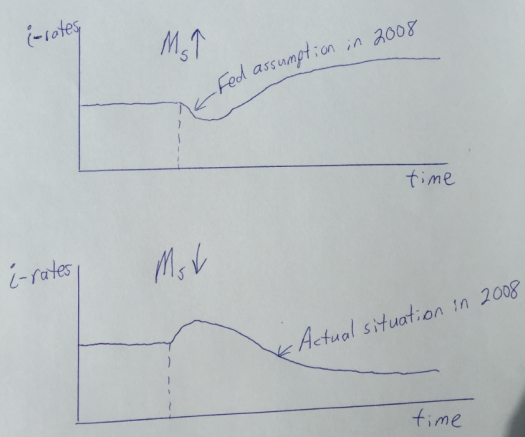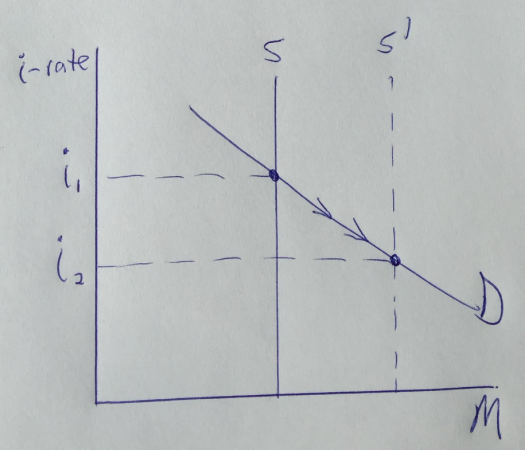Heaven for news junkies
Has there ever been a better time for consumers of news? In a single day, Trump will do three or four different things that are more bizarre or more appalling that Obama on his worst day in office:
1. I’ve argued for quite some time that Trump’s a banana republic-type leader, but now he doesn’t even seem to be hiding that fact. The President now describes convicted felons as “good people”, but only when they don’t cooperate with law enforcement. If they do cooperate with authorities, then they are bad people. The “no snitching” movement has moved from neighborhoods dominated by criminal gangs all the way to the White House.
2. Trump unleashes a non-stop torrent of insults at his Attorney General, but they refuses to fire him.
3. Trump campaigns on the idea that the US should not focus on namby-pamby issues such as human rights, rather we should focus on Making America Great Again, and cozy up to tyrants like Putin. Then Trump suddenly tells the Secretary of State to look into doing something about the treatment of South African farmers. Huh? Of all the hundreds of oppressed groups around the world, why would Trump suddenly care about South African farmers? After all, most of the South African farmers than are being murdered are black, and he’s never shown the slightest interest in the welfare of blacks. The Economist has a theory:
On August 23rd, after watching a Fox News segment, President Donald Trump tweeted about illegal “farm seizures”, which the ANC opposes, and the “large scale killing” of farmers, by which he presumably does not mean the black farm workers most likely to be victims of rural crime.
I wonder where the Economist got that idea?
[S]tories about the dastardly plot against white farmers (which, again, doesn’t actually exist) have shown up on alt-right, white nationalist, and neo-Nazi websites including AltRight.com (which is run by white nationalist Richard Spencer), VDare, American Renaissance, and Stormfront.
Lauren Southern with the European alt-right group Identity Evropa made a documentaryabout the subject. An alt-right podcast called White Rabbit Radio has an episode about it. So does American Renaissance’s Jared Taylor’s podcast. It’s also a hot topic on the pro-Trump Reddit forum r/TheDonald.
But the conspiracy theory quickly moved from the darker corners of the internet into the slightly-more-mainstream-but-still-pretty-seedy corners of the internet: As Wilson notes, Ann Coulter tweeted in June 2017 that the “only real refugees” are “White South African farmers facing genocide.” Breitbart has covered it extensively, as has the Russian government propaganda outlet RT. And, of course, so has Fox News’s Tucker Carlson.
Perhaps it was inevitable, then, that it would make its way to Trump sooner or later.
4. As if that’s not enough, yesterday we also discover that Trump’s friend Pecker (how do CNN anchors keep a straight face when reading the news?) has a safe at the National Enquirer full of stories they bought and then refused to publish in order to protect Trump. An actual, physical safe.
The crazy news stories are now coming so fast they pile up on each other, reducing the impact. Like Venezuelans under Chavez, we are becoming numb to the insanity.
Admittedly these examples are a hodgepodge. The 2nd and 4th examples are not important, merely weird. The first example shows that Trump’s got the ethics of a third world dictator, or a Mafia don. And the third story shows he’s a white nationalist, but we have dozens of other reasons to already believe that. In any case, following the news has become vastly more interesting than under Obama. And in politics, “interesting” generally does not end well.


